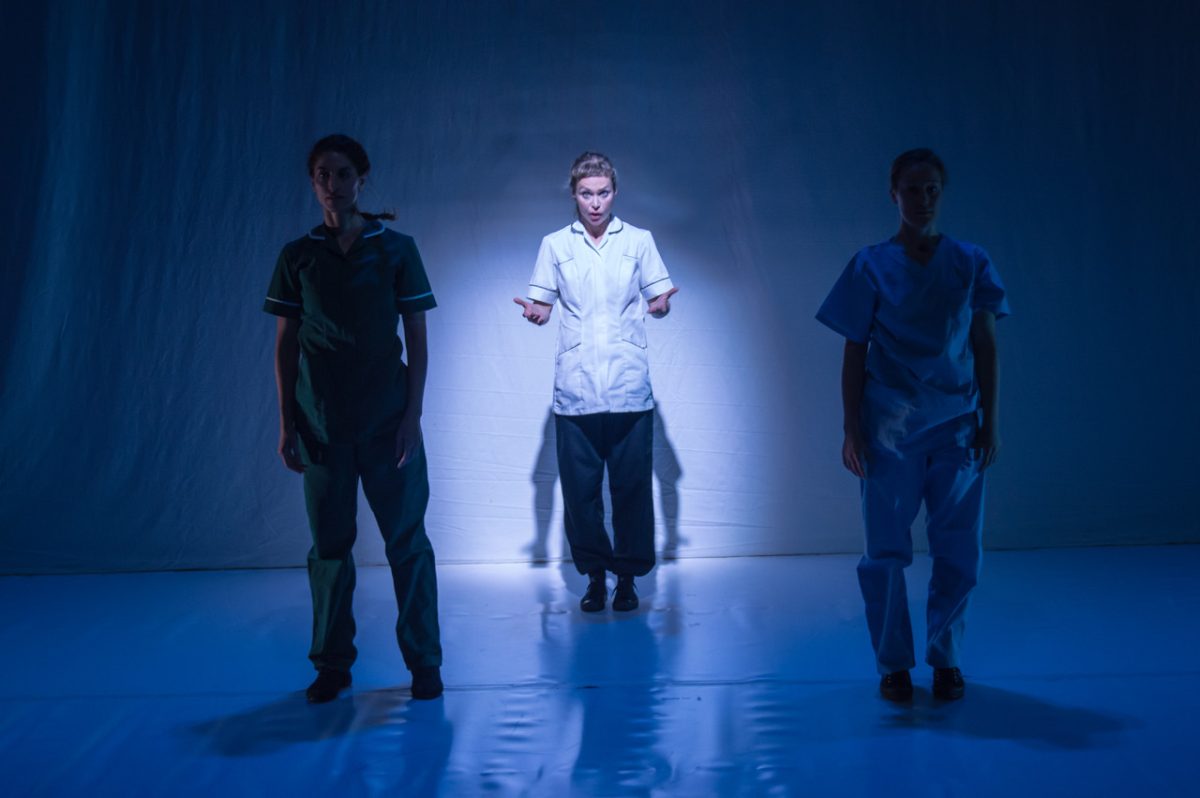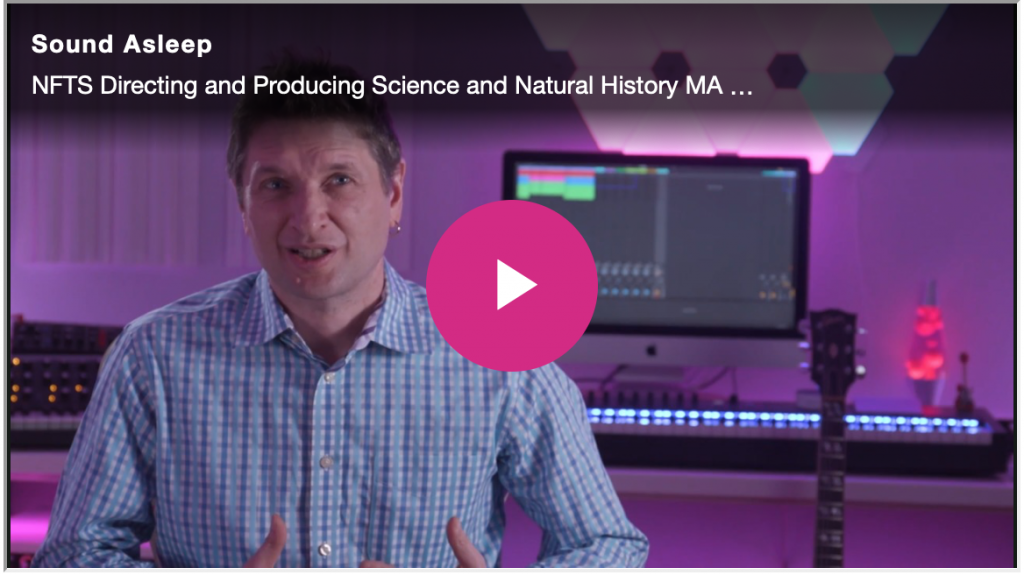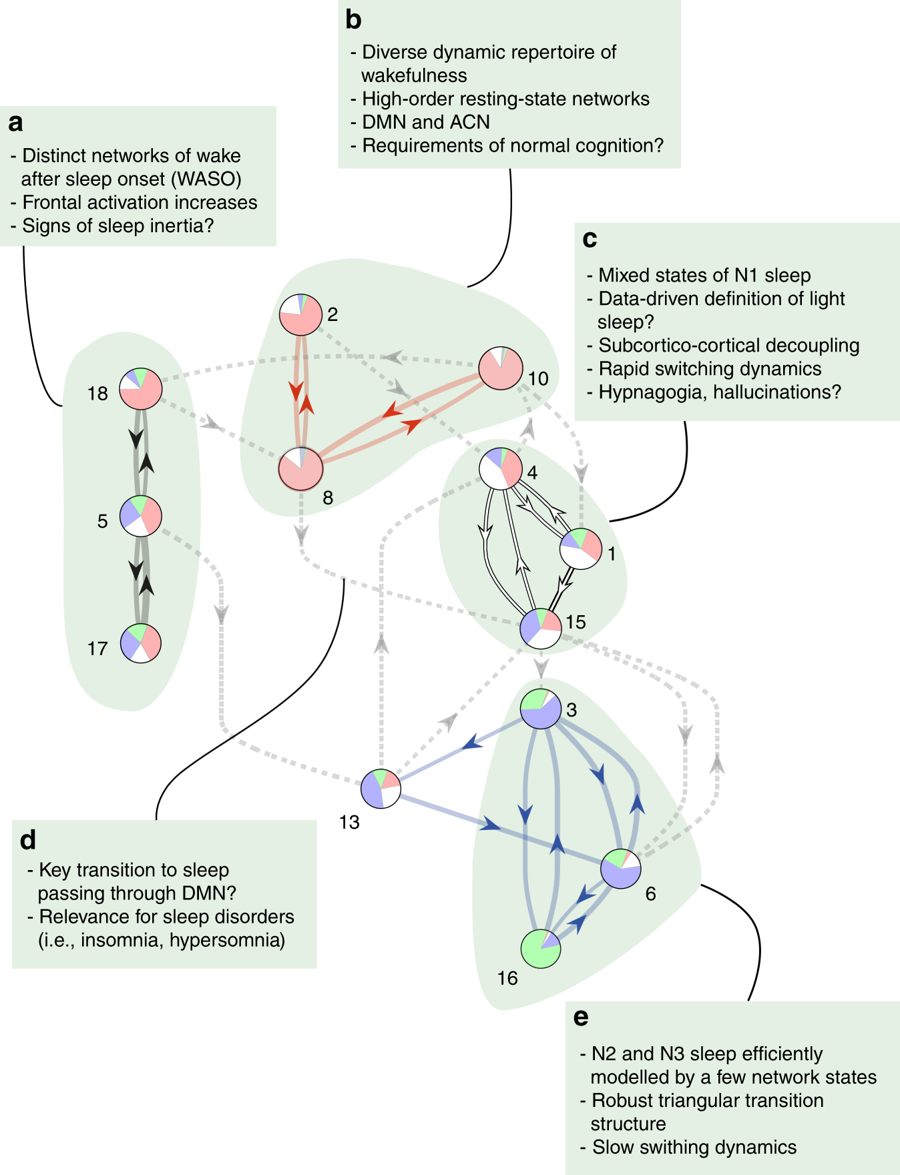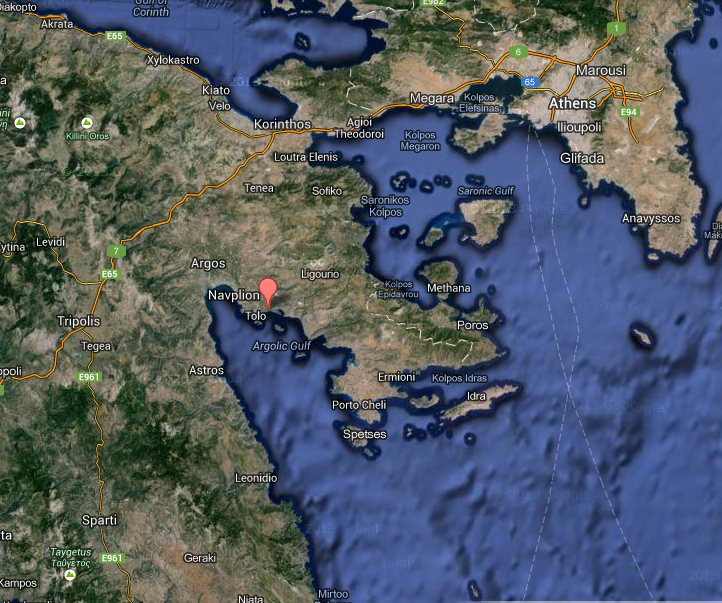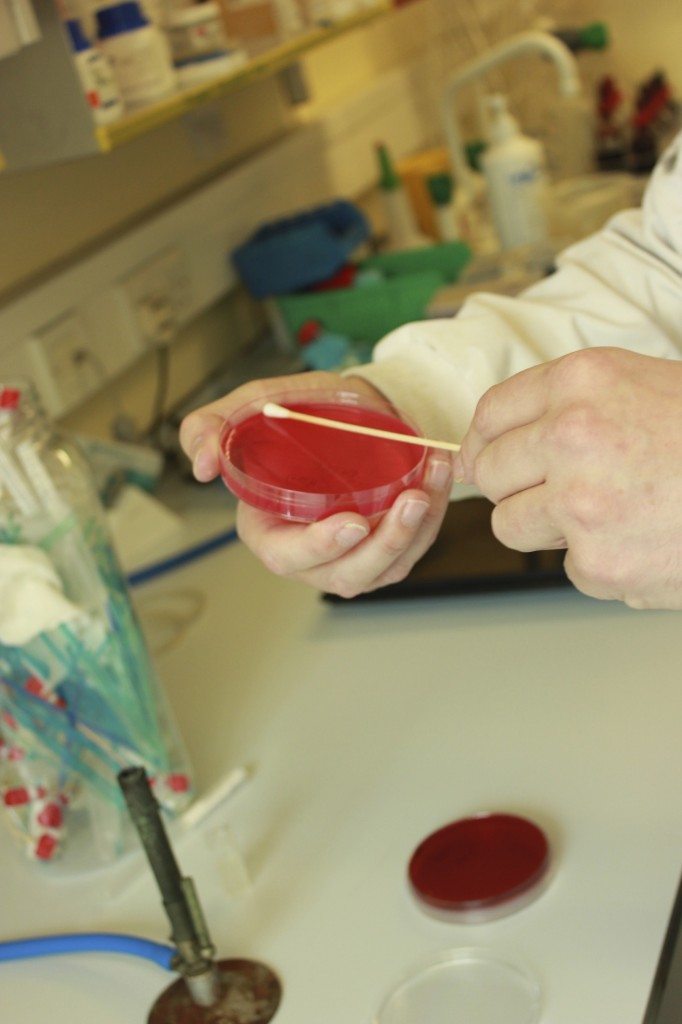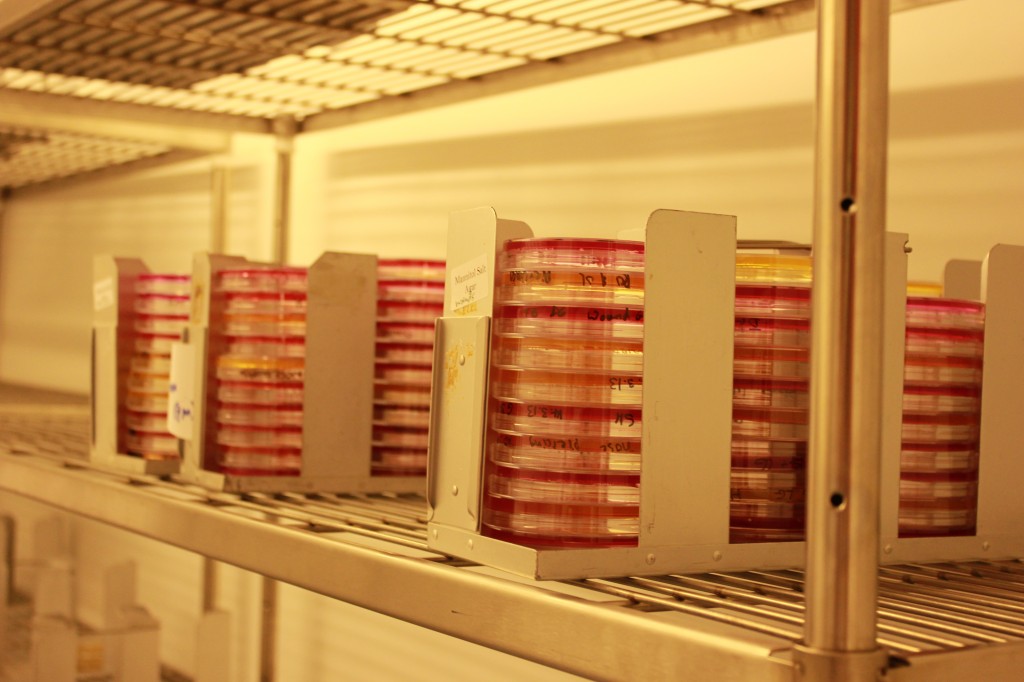‘Taking Care’: supporting and recognising nurses’ caring role
GSMD article
UK nursing trainees are better prepared to deliver patient-centred care as a result of ‘Taking Care’, a mixed-methods drama research project undertaken by researchers at the Guildhall School of Music & Drama and Kingston University. This joint project was awarded the highest possible grade in the 2021 Research Excellence Framework.
The project was led by former Doctoral Programme Leader, Dr Alex Mermikides, who was inspired by the nurses she met when her brother Milton was treated for acute lymphoblastic leukaemia – a serious type of blood cancer. Taking Care addresses two challenges facing nurse educators: teaching the sensitive and effective communication of ‘care’ and preparing students for the demanding emotional labour required by their profession. The huge physical and emotional toll nursing can take on staff has been bought into sharp focus over the past two years, but the nursing curriculum hasn’t traditionally taught trainees how to ‘care’ for patients without compromising their own emotional wellbeing.
Mermikides’ ensemble created an interactive drama, Careful, following a collaborative research process with performers and trainee nurses. The process of devising Careful revealed that ‘care’ can be understood as a skilled practice rather than an inherent virtue. The feedback from students on the workshops and performances has been overwhelmingly positive and has led to the materials being rolled out to other nursing schools across the country. As student nurse Michal Kaim reflected in The Guardian, ‘elevating nursing to the level of art gave me another reason to be proud of the choice I have made to become one’. The full performance of Careful can be viewed online.

